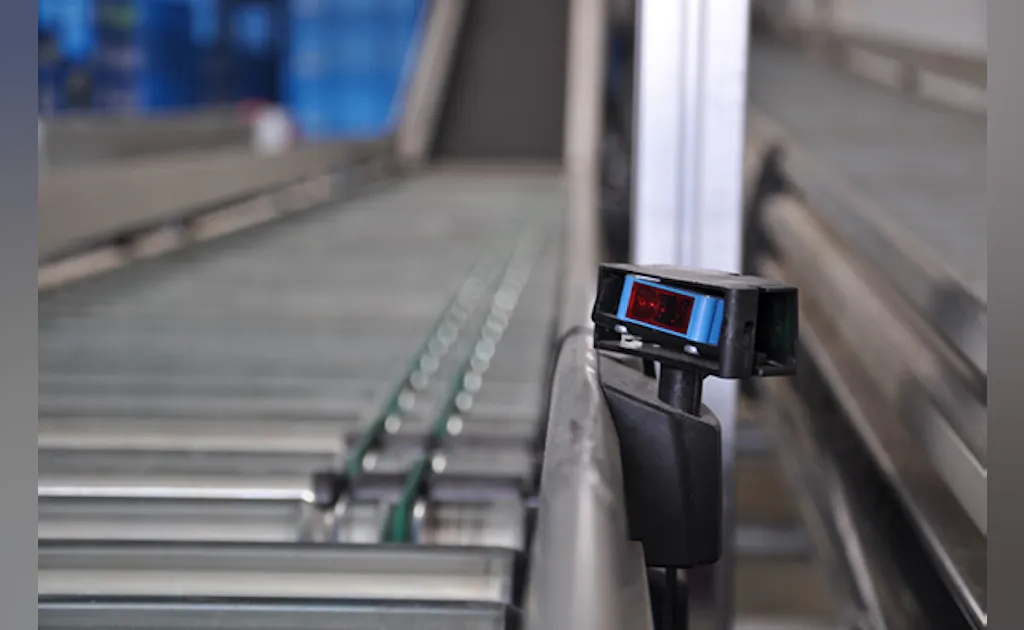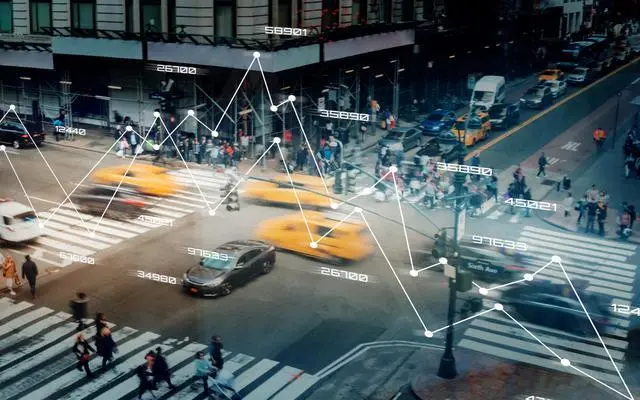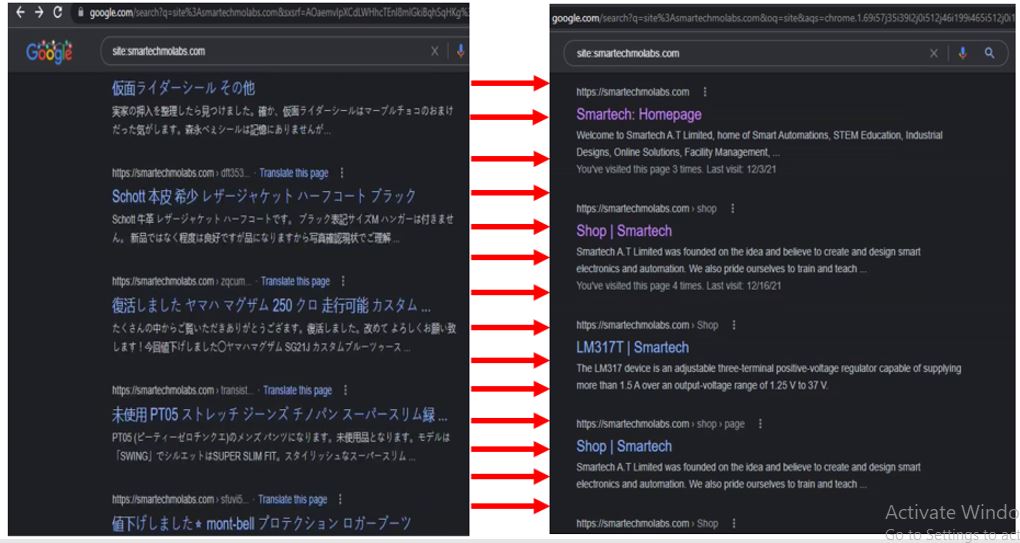Ever wondered how those fancy robots in factories or even your washing machine seem to know exactly what they’re doing? The secret lies in their “senses” – and that’s where sensors come in. These unsung heroes are the eyes, ears, and even the touch of Automated Electrical Machine Control Systems. They gather crucial information about what’s happening in real-time, allowing the machine’s control system to make intelligent decisions. Without them, it’s like driving a car blindfolded – definitely not a good idea.

What Exactly Are These Magical Sensors?
Think of a sensor as a translator. It takes a physical phenomenon – like temperature, speed, or current – and converts it into an electrical signal that the machine’s brain (the control system) can understand.1 It’s like turning a spoken language into written words. Pretty neat, right?
Why Automation Needs These Sensory Superpowers
Automation is all about making machines work independently, reducing the need for constant human intervention. But how can a machine make decisions without knowing what’s going on around it or within itself? That’s where sensors step in as the vital link, providing the necessary feedback for closed-loop control systems.
Diving into the Sensor Smorgasbord: Top Contenders for Automated Electrical Machine Control
Now, let’s get down to the nitty-gritty and explore some of the best types of sensors that empower automated electrical machines. It’s like choosing the right ingredients for a perfect recipe – each sensor brings its unique flavour to the mix.

1. Position Sensors: Knowing Where Things Are
Imagine a robotic arm needing to pick up an object. It needs to know exactly where its “hand” is and where the object is located. That’s the job of position sensors. They tell the control system the precise location and orientation of different parts of the machine.
Types of Position Sensors:
- Encoders: These clever devices provide digital signals indicating rotational or linear movement.3 Think of them as tiny rulers that constantly report the machine’s movement.
- Potentiometers: These are variable resistors that change their resistance based on the position of a sliding contact.4 Simple but effective for measuring angles or linear displacement.
- Linear Variable Differential Transformers (LVDTs): These use electromagnetic induction to measure linear displacement with high accuracy.5 They’re like the sophisticated cousins of potentiometers.
- Proximity Sensors: These detect the presence of an object without physical contact. They come in various flavours like inductive, capacitive, and photoelectric. Think of them as the machine’s early warning system.
2. Speed and Velocity Sensors: Keeping Things Moving Smoothly
For many electrical machines, like motors and generators, knowing how fast they’re spinning is crucial. Speed and velocity sensors provide this vital information, allowing for precise speed control and preventing over-speeding.
Types of Speed and Velocity Sensors:
- Tachogenerators: These generate a voltage proportional to the rotational speed. They’re like tiny generators dedicated to measuring speed.
- Optical Encoders (again!): Many encoders can also provide speed information by measuring the rate at which their markings pass by a sensor. Talk about multi-tasking!
- Hall Effect Sensors: These detect changes in magnetic fields caused by rotating parts, providing a pulse output proportional to speed.
3. Current Sensors: Monitoring the Flow of Power
Electrical machines run on electricity, and knowing how much current is flowing is essential for safety and performance. Current sensors measure this flow, allowing the control system to prevent overloads and ensure efficient operation.
Types of Current Sensors:
- Shunt Resistors: These are low-value resistors placed in the current path. By measuring the voltage drop across them, the current can be calculated using Ohm’s law. Simple and reliable.
- Current Transformers (CTs): These use electromagnetic induction to measure AC currents without direct electrical connection. They’re like non-invasive current detectives.
- Hall Effect Current Sensors: These use the Hall effect to measure both AC and DC currents by sensing the magnetic field produced by the current-carrying conductor.
4. Voltage Sensors: Keeping the Potential in Check
Just like current, knowing the voltage levels within an electrical machine is critical. Voltage sensors provide this information, allowing the control system to regulate power supply and detect voltage drops or surges.
Types of Voltage Sensors:
- Voltage Dividers: These simple circuits use resistors to reduce high voltages to a level that can be safely measured by the control system.
- Potential Transformers (PTs) or Voltage Transformers (VTs): Similar to current transformers, these use electromagnetic induction to step down high AC voltages for measurement.
- Hall Effect Voltage Sensors: These use the Hall effect to measure voltage without direct electrical contact, offering isolation and safety.
5. Temperature Sensors: Preventing Meltdowns
Overheating is a major enemy of electrical machines. Temperature sensors monitor the temperature of critical components, allowing the control system to take action to prevent damage.
Types of Temperature Sensors:
- Thermocouples: These generate a voltage proportional to the temperature difference between two dissimilar metals. They can handle a wide range of temperatures.
- Resistance Temperature Detectors (RTDs): These use the principle that the electrical resistance of a metal changes with temperature. They offer high accuracy and stability.
- Thermistors: These are semiconductor devices whose resistance changes significantly with temperature. They come in two types: Negative Temperature Coefficient (NTC) and Positive Temperature Coefficient (PTC).
- Infrared (IR) Sensors: These non-contact sensors measure the infrared radiation emitted by an object to determine its temperature. Great for monitoring moving parts or areas that are hard to reach.
6. Vibration Sensors: Detecting the Shakes
Excessive vibration can be a sign of underlying problems in electrical machines, such as imbalance or bearing failure. Vibration sensors detect these vibrations, allowing for early fault detection and preventative maintenance.
Types of Vibration Sensors:
- Accelerometers: These measure acceleration, which can then be used to determine vibration levels. They come in various technologies like piezoelectric and MEMS.
- Velocity Transducers: These directly measure the velocity of the vibrating component.
7. Flow Sensors: Monitoring the Movement of Fluids
In some automated electrical machines, especially those involving cooling systems or hydraulic actuators, monitoring the flow of fluids is essential. Flow sensors provide this information.
Types of Flow Sensors:
- Turbine Flow Meters: These use a rotating turbine whose speed is proportional to the flow rate.
- Magnetic Flow Meters: These use Faraday’s law of induction to measure the flow rate of conductive fluids.
- Ultrasonic Flow Meters: These use sound waves to measure the velocity of the fluid.

The Art of Sensor Selection: Choosing the Right Sensory Organs
With so many sensor options available, how do you choose the right ones for your automated electrical machine? It’s like picking the right tools for a specific job. Several factors come into play:
- Application Requirements: What exactly needs to be measured? What is the required accuracy, range, and response time?
- Environmental Conditions: Will the sensor be exposed to extreme temperatures, humidity, dust, or vibrations?
- Cost: Sensors vary significantly in price. Balancing performance with budget is crucial.
- Integration: How easily can the sensor be integrated with the control system? What kind of output signal does it provide?
- Reliability and Durability: How long is the sensor expected to last under the operating conditions?
The Future is Sensory: Trends in Automated Machine Control
The world of sensors is constantly evolving, and this is driving exciting advancements in automated electrical machine control. We’re seeing trends like:
- Miniaturization: Sensors are getting smaller and more compact, allowing for integration into tighter spaces.
- Wireless Connectivity: Wireless sensors are becoming increasingly popular, reducing wiring complexity and enabling remote monitoring.
- Smart Sensors: These sensors have built-in processing capabilities, allowing them to perform local data analysis and communicate more intelligently with the control system.
- AI-Powered Sensing: Integrating artificial intelligence with sensor data analysis is enabling more sophisticated predictive maintenance and fault detection.
Conclusion: Sensing the Path to Smarter Machines
Sensors are the unsung heroes of automated electrical machine control. They provide the crucial real-time information that enables machines to operate intelligently, efficiently, and safely. From position and speed to temperature and vibration, each type of sensor plays a vital role in creating the smart, autonomous systems that are shaping our world. As sensor technology continues to advance, we can expect even more sophisticated and capable automated electrical machines in the future. So, the next time you see a robot arm gracefully assembling a product or a motor smoothly adjusting its speed, remember the incredible sensory network that makes it all possible!
Unique FAQs:
1. Can a single sensor measure multiple parameters in an automated electrical machine?
That’s a great question! While some specialized multi-parameter sensors exist, it’s more common to use dedicated sensors for each critical parameter like temperature, speed, and position. This often provides better accuracy and reliability for each specific measurement. However, some advanced encoders, for example, can provide both position and speed information.
2. How does the control system actually “understand” the signals from a sensor?
Think of it like this: the sensor translates a physical change (like increasing temperature) into a change in an electrical signal (like increasing voltage). This electrical signal is then fed into the control system (often a microcontroller or PLC) which has been programmed to interpret these signals. The program defines what each voltage or current level means in terms of the physical world, allowing the machine to react accordingly.
3. What happens if a critical sensor fails in an automated electrical machine?
The consequences of a sensor failure depend on the sensor’s role and the sophistication of the control system. In some cases, the machine might simply operate with reduced performance. However, if a critical safety sensor fails (like an over-temperature sensor), it could lead to damage or even dangerous situations. Advanced control systems often have fault detection mechanisms to identify sensor failures and trigger alarms or safety shutdowns.
4. Are wireless sensors reliable enough for critical control applications in automated machines?
Wireless sensor technology has advanced significantly, and for many applications, it offers good reliability.40 However, for extremely critical control loops where even a tiny delay or data loss could have severe consequences, wired sensors are often preferred due to their inherent robustness and immunity to interference.41 The choice depends heavily on the specific application and its safety requirements.
5. How is the data from multiple sensors integrated to make complex decisions in an automated electrical machine?
This is where the “brain” of the machine – the control system – really shines! It continuously receives data streams from all the different sensors. Sophisticated algorithms within the control system process and fuse this information together. For example, to precisely control a motor’s movement, the system might simultaneously analyze data from position, speed, and current sensors to make real-time adjustments to the motor’s voltage and frequency. It’s like a human driver constantly using their eyes, ears, and sense of touch to navigate and control a car.

